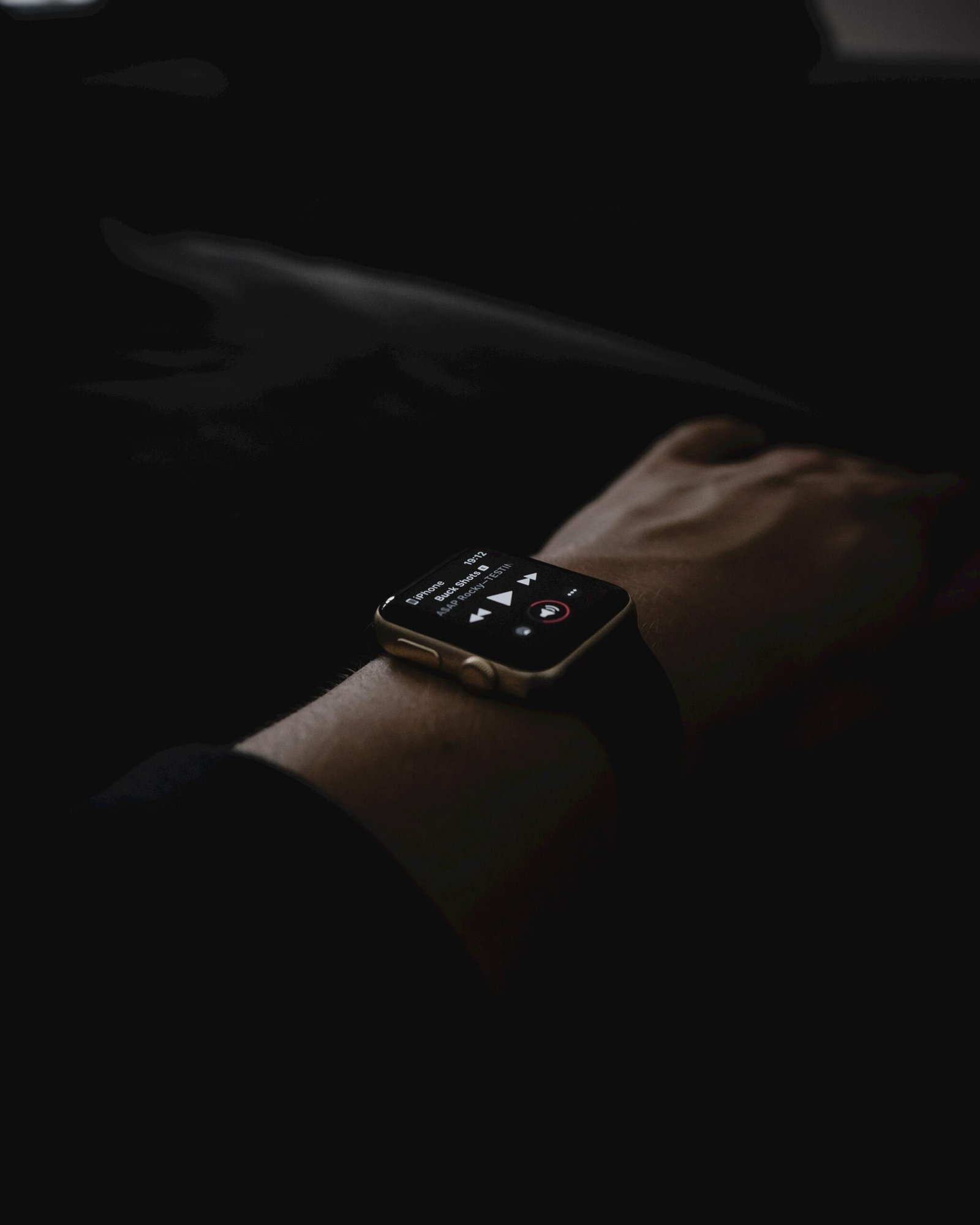Having a properly calibrated touchscreen on your mobile phone is essential for smooth and accurate operation. If you’re experiencing issues with your touchscreen, such as unresponsive or inaccurate touches, it may be time to calibrate it. While professional calibration is an option, there are also several DIY solutions you can try before seeking professional help.
1. Clean the Screen: Start by cleaning the screen with a microfiber cloth to remove any dirt, fingerprints, or smudges. Sometimes, a dirty screen can affect the touchscreen’s responsiveness.
2. Restart Your Phone: A simple restart can often solve minor software glitches that may be causing touchscreen issues. Turn off your phone, wait a few seconds, and then turn it back on.
3. Update Your Software: Check for any available software updates for your phone. Manufacturers often release updates that address bugs and improve touchscreen performance.
4. Perform a Factory Reset: If the above steps don’t work, you can try performing a factory reset. Keep in mind that this will erase all data on your phone, so make sure to back up your important files before proceeding.
5. Use a Calibration App: There are several calibration apps available on app stores that can help you calibrate your touchscreen. These apps guide you through a series of touch tests to optimize the responsiveness and accuracy of your screen.
Remember, if none of these DIY solutions work, it may be time to contact the manufacturer or a professional technician for further assistance. They will have the expertise and tools necessary to diagnose and fix any hardware issues with your touchscreen.
By following these DIY solutions, you can potentially resolve touchscreen calibration issues on your mobile phone without the need for professional help.





